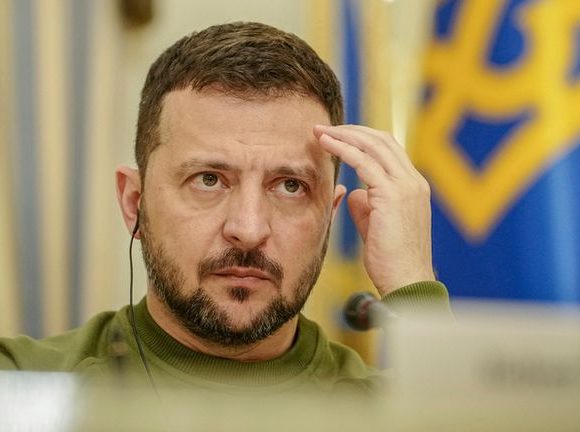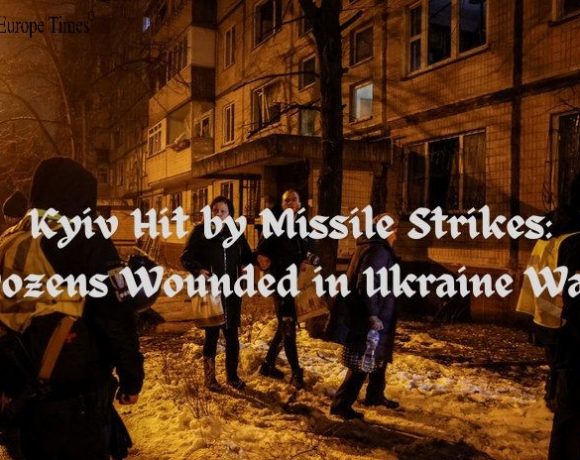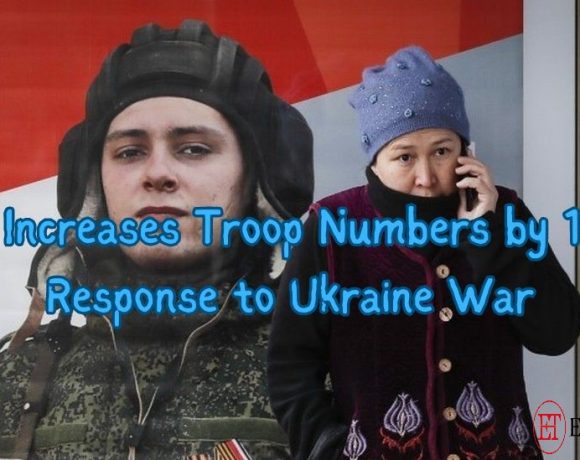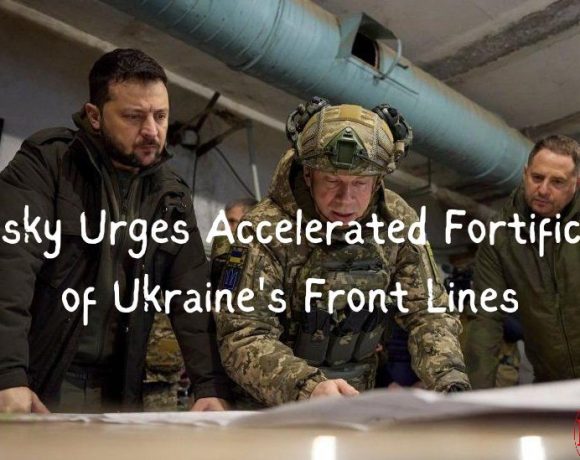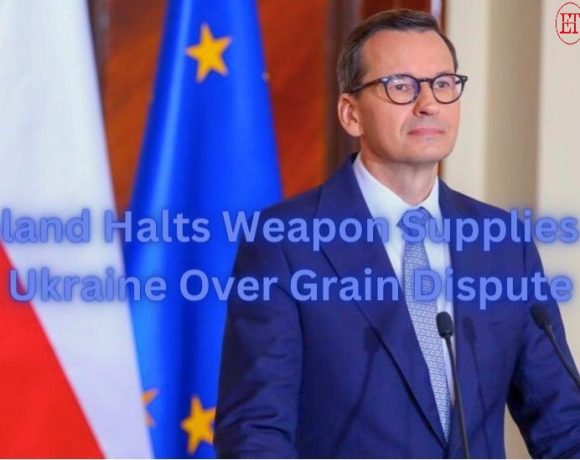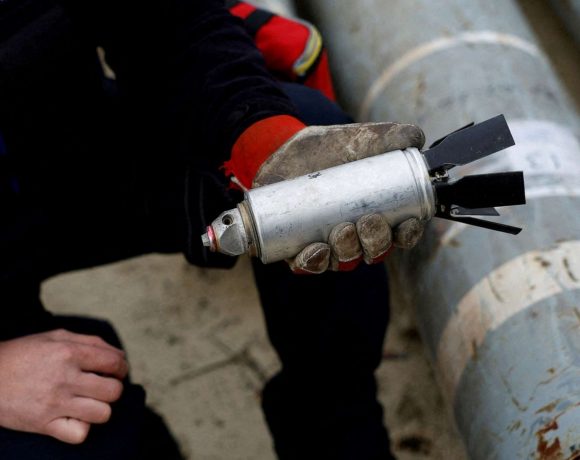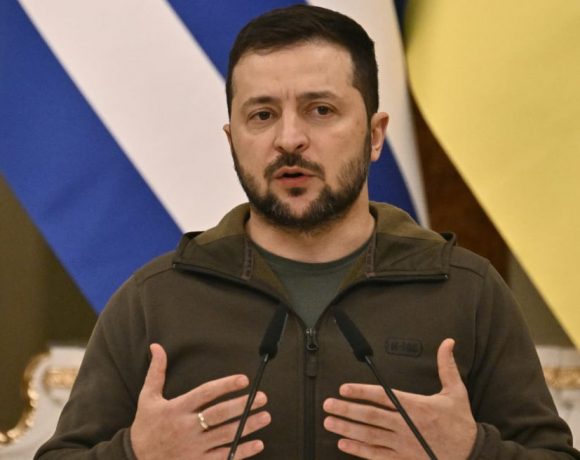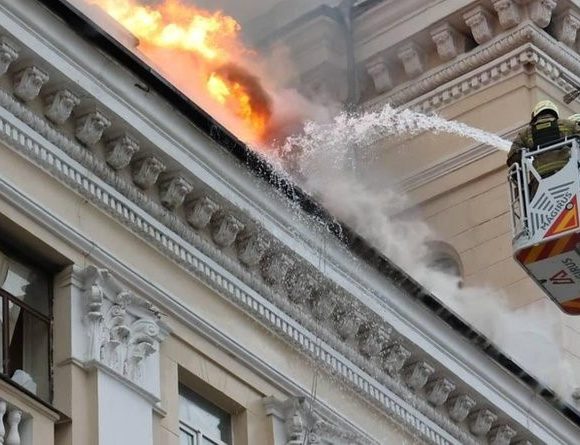
Two separate Russian strikes in Ukraine’s central Dnipropetrovsk region resulted in eight fatalities, including two children. The attacks targeted the main city of Dnipro and the town of Synelnykove, damaging homes and infrastructure. Ukrainian President Volodymyr Zelensky emphasized the necessity for cities to have sufficient air defenses following the incidents.
Additionally, Ukraine claimed to have downed a long-range bomber inside Russian territory for the first time. In Synelnykove, six people, including an eight-year-old boy and a 14-year-old girl, were killed during the strikes on private residences. Another child was critically injured, with several others wounded. The regional capital, Dnipro, also suffered casualties when the train station and a five-story building were hit, resulting in two deaths and numerous injuries.
Rescue efforts are ongoing, with concerns that the casualty count may increase. Ukraine has repeatedly raised alarms about its dwindling arsenal capable of defending against Russian attacks, prompting calls for urgent military assistance from NATO. The recent escalation follows a deadly attack in Chernihiv, where 18 people were killed by Iskander cruise missiles.
Despite months of obstruction, a $60.8 billion US military aid package has seen renewed interest from Republican lawmakers, with a potential vote looming. Meanwhile, Ukraine’s air force claimed to have downed a Russian Tu-22M3 strategic bomber, which crashed in Russia’s Stavropol region after launching a missile strike on Ukraine. Russia attributed the incident to a technical malfunction, with two pilots rescued and efforts underway to locate others. This marks the latest in a series of confrontations between the two nations, with Ukraine citing the bomber’s use of Kh-22 missiles in attacks on Ukrainian cities.
Picture Courtesy: Google/images are subject to copyright

